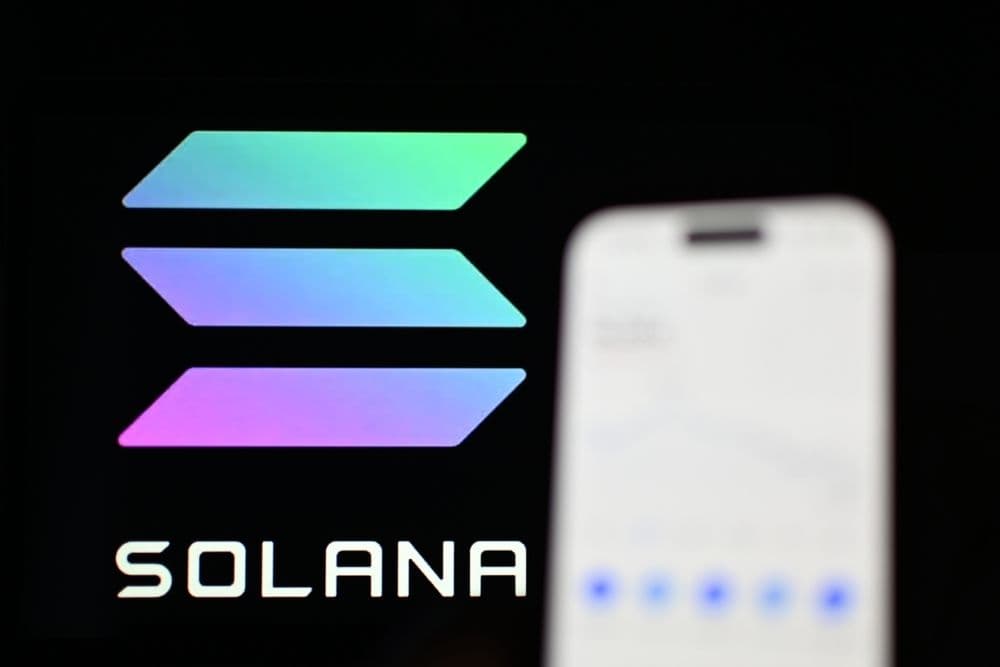 OM’s sudden crash on April 13 saw the token plunge from $6.30 to under $0.50 in an hour, triggering liquidations and sparking rug pull fears. (Mantra Token/AI Generated)
OM’s sudden crash on April 13 saw the token plunge from $6.30 to under $0.50 in an hour, triggering liquidations and sparking rug pull fears. (Mantra Token/AI Generated)This is a first step in rebuilding trust with the community, but far from the last. We will share more in the coming days about our plans to ensure alignment going forward. 🫡🕉️ https://t.co/685jVsJNBA
— JP Mullin (🕉, 🏘️) (@jp_mullin888) April 21, 2025
But the burn may not stop there. In a follow-up statement, Mullin revealed that discussions are underway with major ecosystem partners and team members to coordinate an additional burn of 150 million OM tokens. If successful, the total number of tokens removed from circulation could reach 300 million, or roughly 16.5% of the supply, a move that could significantly alter OM’s tokenomics in favor of remaining holders.
OM's precipitous fall on April 13 caught much of the crypto world off guard. The token plunged from a high of $6.30 to below $0.50 within an hour, triggering liquidations and sparking fears of a rug pull. On-chain data revealed that large amounts of OM had been deposited to centralized exchanges by wallets linked to the Mantra team shortly before the crash. This led to widespread accusations of insider selling and market manipulation, though no formal wrongdoing has been proven.
The scale of the collapse prompted major exchanges to launch internal investigations. Meanwhile, Mantra’s leadership went into damage-control mode. Mullin took to social media to directly address the community: “I’m planning to burn all of my team tokens, and when we turn it around, the community and investors can decide if I have earned it back.”
Originally, these tokens were part of Mullin’s team allocation, scheduled to begin vesting in April 2027 and fully unlock by October 2029. Burning them now forfeits years’ worth of potential compensation, a move that has earned both praise and criticism.
While many in the community lauded Mullin’s decision as a strong show of accountability, others were skeptical. Critics argue that removing team incentives could demoralize key contributors and undermine Mantra’s ability to retain top talent.
Alongside the token burn, Mantra is also tapping into its sizable $109 million Ecosystem Fund to conduct potential OM buybacks, another tool to stabilize the token’s value and support its market price. The project has also unveiled a new on-chain tokenomics dashboard designed to give users greater visibility into OM distribution and usage.
Transparency, said Mullin, will be a cornerstone of the project’s recovery. “This is not just about price; it’s about rebuilding faith in our protocol and our team,” he said.
As of April 22, OM is trading around $0.55—still far below its pre-crash value, but showing signs of stabilizing. The next few weeks will be critical in determining whether the combination of token burns, transparency, and community engagement will be enough to restore the protocol’s credibility.
For now, Mantra’s leadership appears to be betting everything, literally, on a second chance.

Payments-first blockchain Tempo opens testnet

$5M boost powers DeepNode’s open AI vision

SKR debuts January 2026 as Solana Mobile grows its vision

Binance rolls out 'Binance Prestige'